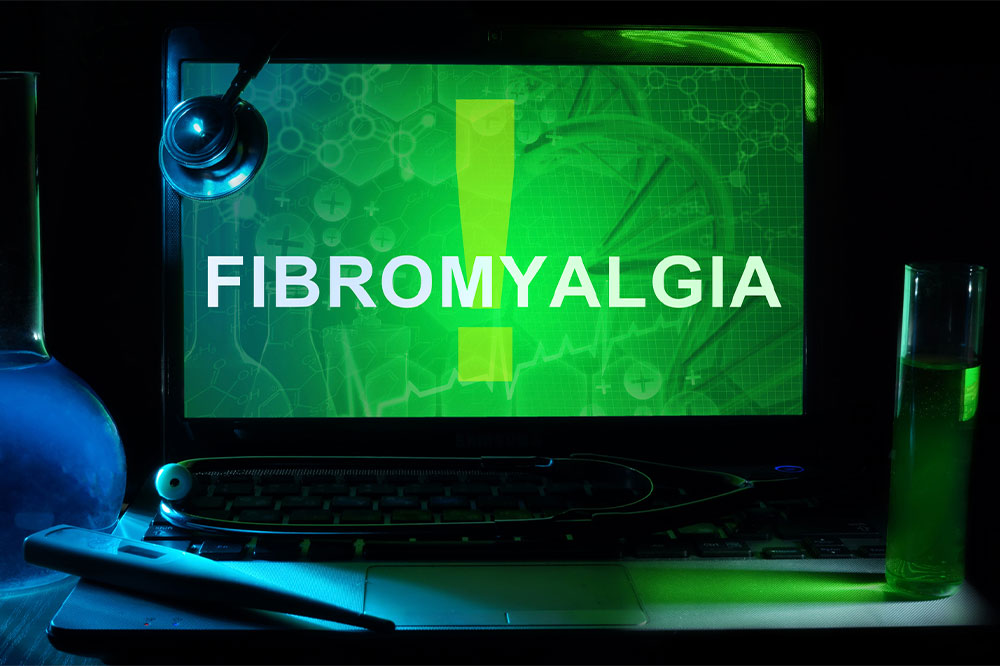Different Ways to Diagnose Fibromyalgia
Fibromyalgia is a condition that causes chronic musculoskeletal pain throughout the body. It is often accompanied by other symptoms like fatigue, sleep problems, mood swings, and cognitive impairment. Many people misdiagnose it as arthritis or some other form of joint inflammation. Women are more likely to develop this condition than men. Timely diagnosis and effective treatment options like relaxation techniques, and physical and mental exercises can help one manage this health disease effectively.

Fibromyalgia symptoms
While the causes of the disease remain unknown, the symptoms can easily be tracked, observed, and managed. The symptoms of this condition include widespread pain throughout the body, stiffness in joints and muscles, irregular sleep patterns, headaches, restless leg syndrome, sensitivity to heat and cold, fatigue, irritable bowel syndrome, fibro fog or difficulty focusing or jogging memories, nausea, vision problems, breathing issues, dizziness, pelvic and urinary issues, skin problems, post-traumatic stress disorder, depression and anxiety, cold or flu symptoms, tingling and numbness in hands and feet. These symptoms are usually observed between the ages of 30 and 50, however, they can appear at any life stage. It is common for some to develop this condition after surgery, infection or a traumatic injury.
Fibromyalgia diagnosis
Blood tests for fibromyalgia
Since the symptoms of this condition overlap with that of other illnesses, the doctor may suggest some blood tests to rule out the other possibilities. These include:
Complete blood count
This test gives a health report on the white and red blood cells, along with platelet counts. It also checks the hemoglobin level in the blood.
C-reactive protein test
It will help rule out the imbalance of the protein in the liver that is responsible for any inflammation in the body.
Erythrocyte sedimentation rate test
This routine lab test is recommended to rule out polymyalgia rheumatica. It measures how quickly the red blood cells settle down at the bottom of the test tube after collection.
Antinuclear antibody test
This test helps rule out rheumatoid arthritis by determining the types of antibodies found in the blood sample.
Thyroid hormone test
This test helps diagnose imbalanced thyroid hormones in patients that could lead to hypothyroidism.
Upon checking the results of these tests, the healthcare professional will take appropriate steps to diagnose fibromyalgia.
FM/a test for fibromyalgia
This is a newly developed test where studies have shown some promising results with the group. This test is done by collecting plasma and peripheral blood mononuclear cells or PBMC, a small blood sample of the patient. The process then moves to test the concentration of cytokines in this blood sample which indicates the presence or absence of the disease. If the cytokines are low in number, then it is an indicator that the patient has fibromyalgia. According to repeated studies, fibromyalgia patients have been shown to have abnormal cytokines in their blood samples.
While the studies have shown positive results, it still hasn’t received affirmation from the officials to be the primary diagnostic test for fibromyalgia. Intensive research is required.
Other diagnostic procedures
Apart from blood tests that rule out other illnesses with similar symptoms to fibromyalgia, there are some other diagnostic procedures that doctors may recommend.
X-rays to check for any other inflammation or disease that could be responsible for the symptoms
Finding the widespread pain index score or the WPI
Re-checking the number of symptoms and the affected regions where the pain is experienced
A detailed conversation with the patient to know the severity of the condition
Treatment options
It becomes difficult to manage the symptoms of this illness. Therefore, a rheumatologist is appointed by your health professional to help you manage the condition. Some of the treatments suggested include:
Acupuncture
This is done by a professional to work on some specific pressure points on the body, which help relieve the pain. The procedure can also be done using needles which relieve extra pressure on muscles.
Chiropractic
A licensed chiropractor will be able to crack your joints in a way that releases pressure or pain temporarily. Always use a professional for such treatments.
Stress reduction techniques
Since fatigue is also one of the main symptoms of the condition, it can cause a lot of stress and anxiety. A therapist will help you relax and calm your mind with some stress reduction techniques.
Psychotherapy
Techniques like cognitive behavioral therapy are useful in treating depression and anxiety in many patients.
Physical therapy
Deep tissue massage is a good way to relax the muscles and relieve them of any pain experienced.
Nutritional considerations
It is recommended to include foods in regular meals that are high energy but low on sugar, like beans, oatmeal, almonds, avocado, and tofu. According to studies, excluding food items rich in gluten is also a good choice. Always consult a nutritionist before you make any changes to your meals.